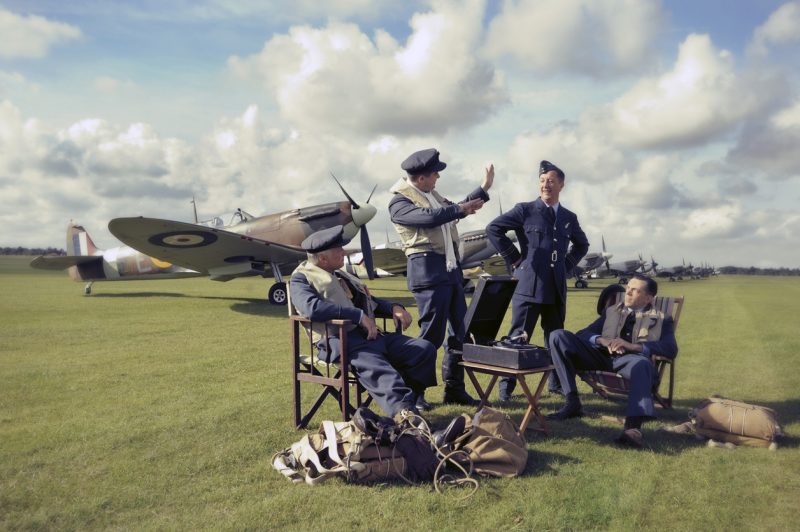The Supermarine Spitfire designed by Reginald Joseph Mitchell, a British aeronautical engineer, was one of the best fighters during WWII. Invaluable in the Battle of Britain against German Messerschmidts, those that flew them raved about them and those who never had a chance to fly them, wish they had.
Now, Paul Fowler of Oxford in England is giving them their chance.
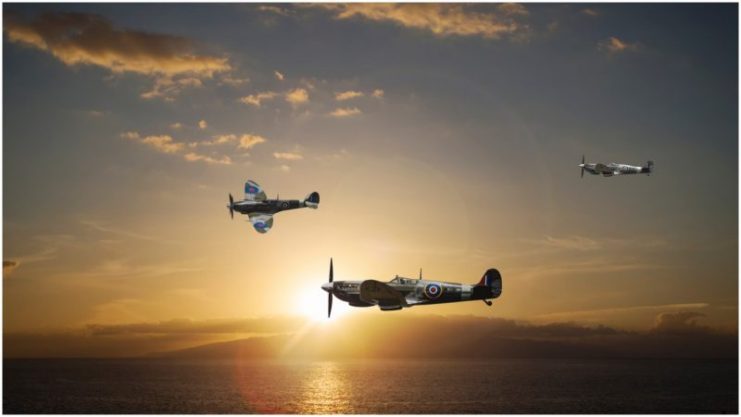
Fowler has created The Spitfire Club in which fans of the plane get together and construct new models of the aircraft. Over 15,000 Spitfires were built between 1939 and 1945, but very few remain in a reasonable condition. Also, they can cost millions of dollars to acquire and restore. Rebuilding seemed the most efficient answer. The old style body equipped with the latest technology makes the new Spitfires fun to fly according to Trevor Bailey, one of the first members of the club and part owner of an aircraft.
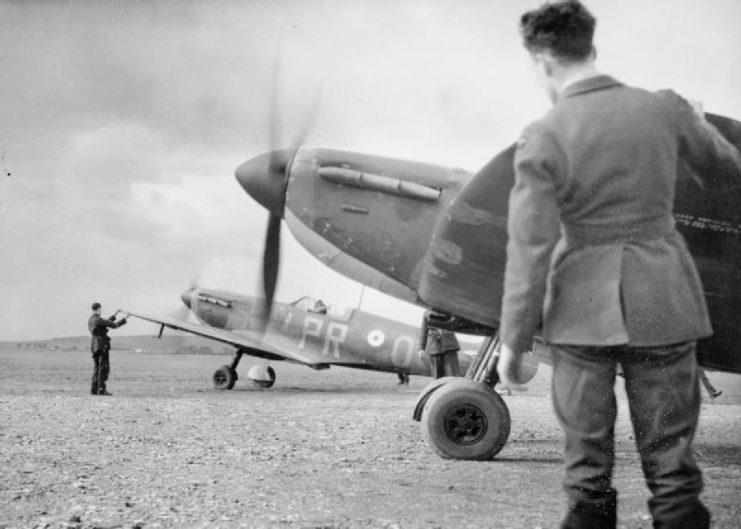
The Club is based at Enstone Airfield, a civilian airport in Oxfordshire. Primarily used for gliders and light aircraft, three new Spitfires have already been built there, and three more are in the works.
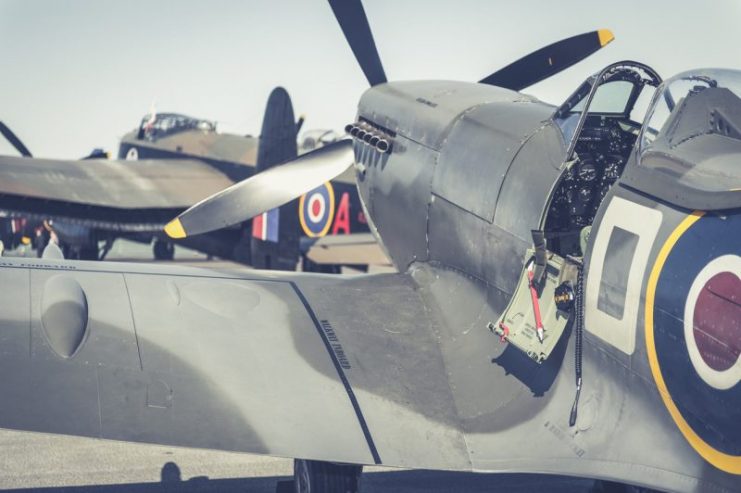
The new planes, costing over three hundred thousand dollars, were financed by members of the club. Supporters are required to help build a Spitfire which entitles them to fly it whenever they please. They are also offering the opportunity for experienced pilots to learn to fly in formation for future air shows. For less than a thirty dollar donation the public has access to the hangar and can work on a plane, provided they follow directions.
One such volunteer, Peter Ayles, explained the planes come in a crate almost like a toy airplane model – but much bigger. A manual is provided detailing the steps needed to build the Spitfires which are just a bit smaller than the wartime models. They have a different engine than the original Rolls Royce Merlins and the planes must pass strident safety and mechanical tests before being licensed to fly.

Paul Fowler intends to build a squadron of twelve planes which will be named The City of Oxford. Included will be people interested in WWII vehicles, a ground crew and wartime re-enactors who put on special events for the public. Explaining his motivation, Fowler said:
“I see the Squadron…doing something that the general public can interact with. I want to see an eight-year-old in the pilot’s seat surrounded by Squadron members in period costume saying, “Yes, you could be a pilot one day and yes, you can build your own airplane.”
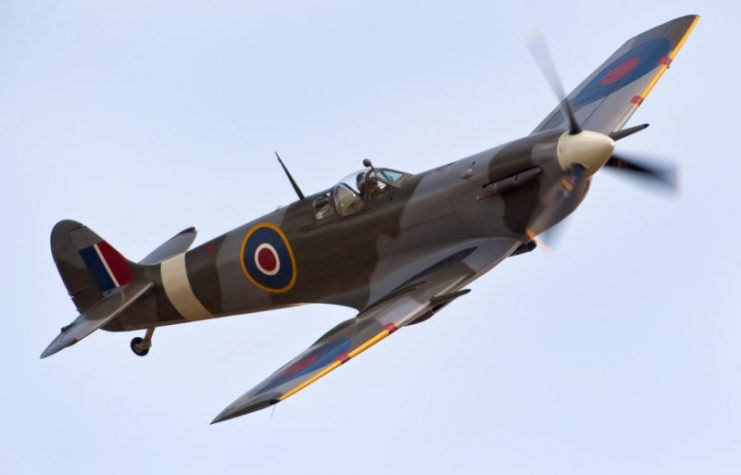
Members gather together to build the aircraft giving them the opportunity to learn from one another and make friends. Joint ownership provides each member with the ability to make a dream come true without having to be a millionaire. A hangar large enough to accommodate all twelve planes will be built with an adjacent new clubhouse where members can take a break and get a bite to eat.
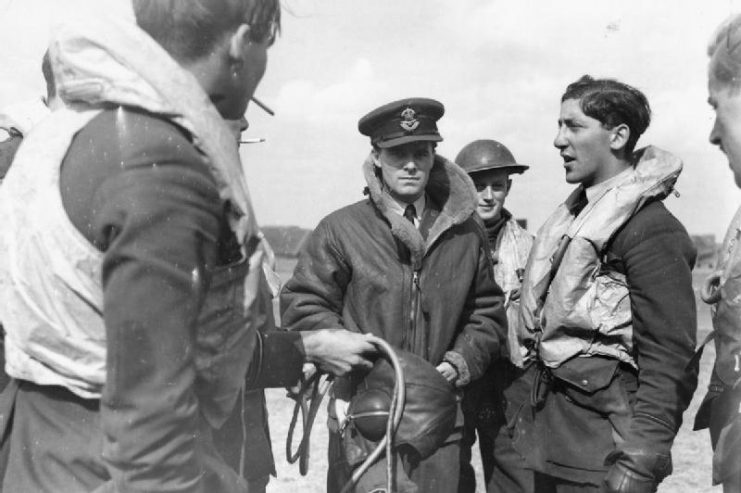
Fowler will be offering flying lessons for anyone who wishes to contribute and join the squadron. He and his associates have been conducting flying lessons for over twenty years and provide training on multiple modern small planes beginning with a Cessna 152. Eventually, a participant will become a licensed pilot in Britain and will be able to fly the Spitfire he has helped to build.
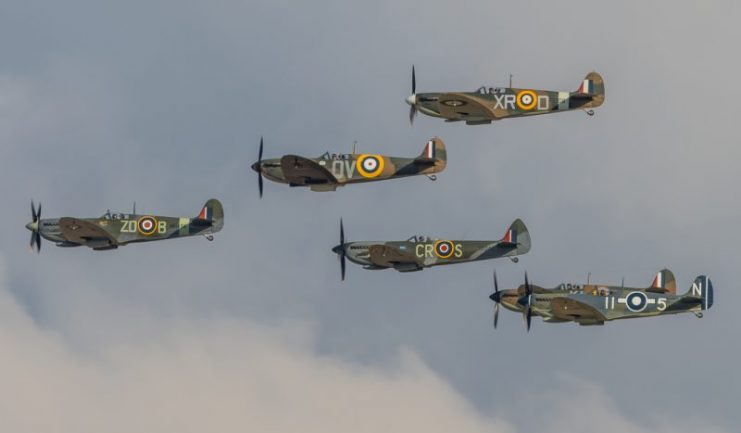
The Club is also looking for skilled workers. Bakers, cooks, maintenance workers, builders as well as accountants, event managers, and advertising people will all be needed.
A Spitfire’s wings are removable, and the aluminum body of the aircraft enables them to travel to events – just as squadrons moved during the war. Fowler is hoping to have a procession of WWII-era vehicles manned by re-enactors to complete the experience both on the ground and in the air.
